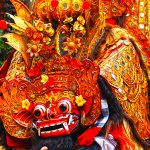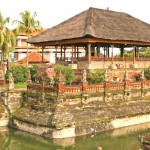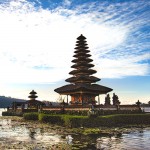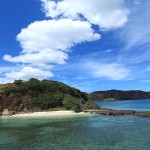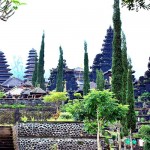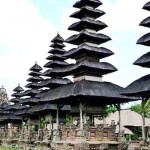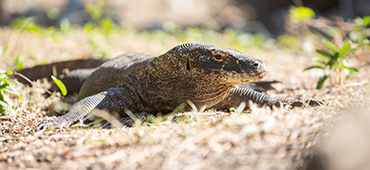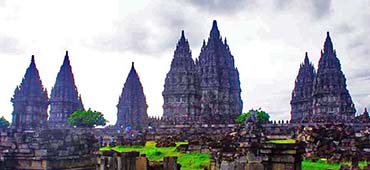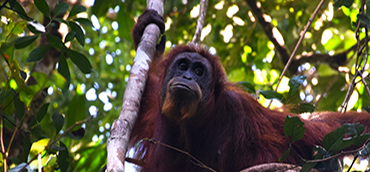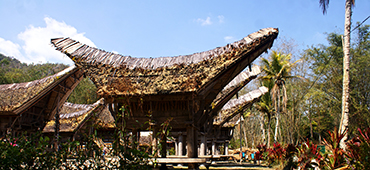Tenganan is a traditional village on the island of Bali. The village is located in the district of Manggis, Karangasem regency in the eastern part of the island of Bali. Tenganan can be reached from the tourism point of Candi Dasa and lies approximately 10 kilometers away.
Tenganan is one of three Bali Aga village, besides Trunyan and Sembiran. What is meant by the Bali Aga village is still maintain lifestyles, community governance refers to the traditional rules of customary village inherited their ancestors. The shape and the buildings and grounds, building layout arrangement, to the location of the temple was made by following the rules of customary hereditary maintained.
According to some versions of the historical record, Tenganan word comes from the word “central” or “ngatengahang” which means “move to deeper areas”. The word is associated with the movement of villagers from coastal areas to the residential area in the middle of the hills, namely the West Hill (Bukit Kauh) and East Hill (Bukit Kangin).
Some say that the people from the village of Tenganan Peneges, Gianyar, which used to be called as Bedahulu. According to folklore, the King Bedahulu ever lost one horse and people are looking to the East. The horse was apparently found dead by Ki Patih Tunjung Biru, a confidant of the king. For his loyalty, Ki Patih Blue lotus obtain authority to regulate areas that have the scent of carrion (carrion) horse. Ki Patih get quite large area because he cut the horse carcass and spread it as far as he could do. That is the origin of the region Tenganan Village.
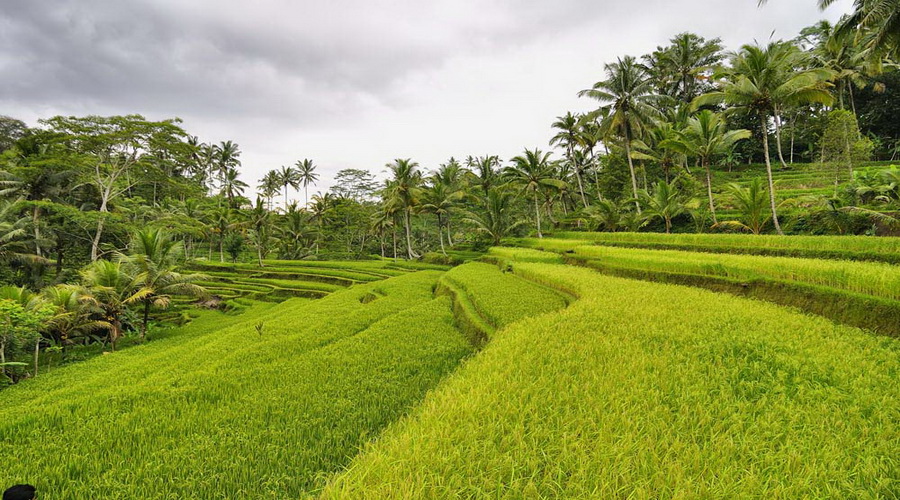
Tenganan cloth weavers in the village.
Generally, the villagers Tenganan work as rice farmers, but some are making various handicrafts. Some crafts typical of Tenganan are woven bamboo, carvings, and paintings on palm leaves that have been burned. In this village visitors can see the buildings of the village and young craftsmen who drew lontar. From the beginning, the village of Tenganan also been known for his skill in weaving the fabric gringsing. How workmanship gringsing fabric is called double ikat technique. The technique is the only one in Indonesia and the resulting fabric famous gringsing privileged to foreign countries. Tenganan residents still use the barter system in their daily lives.
Everyday life in this village is still governed by customary law called awig awig. The law was written in the 11th century and refurbished in 1842. Tenganan custom home built from a mixture of red rocks, river rocks, and soil. While the roof is made of a pile of leaves Rumbi. The traditional house there has a shape and size that is relatively the same, with the typical form of the entrance of a width measuring only one adult. Another feature is the top of the door looks together with the roof of the house.
Residents of this village has a unique tradition in recruiting candidates for village leaders, one of them through traditional procession mesabar-sabatan Biu (war banana). Candidates prajuru educated village according to local custom since childhood or gradually and indigenous tradition is a sort of psychological tests for candidates for village leaders. On the specified date according to local calendar system (around July) will be held Ngusaba sambah with a unique tradition in the form of mageret pandan (pandanus war). In the event, two pairs of village youths will compete on stage with each slice using pandanus thorns. Although it will cause injuries, they have antiseptic treatment of materials tubers were smeared on all the wound to dry and heal in a few days. The tradition to continue the war games routine and create citizens with physical conditions and mental strength. Tenganan population has been known as the Hindu god Indra followers, which is believed to be the god of war.
Tenganan People believe and uphold the concept of Tri Hita Karana (the concept of the Hindu teachings) and make it happen in everyday life. Tri means three and Hita Karana means cause happiness to achieve balance and harmony. Tri Hita Karana consists of Perahyangan (a balanced relationship between man and God), Pawongan (harmonious relationship between humans by other humans), and Palemahan (harmonious relationship between humans and the natural environment).


